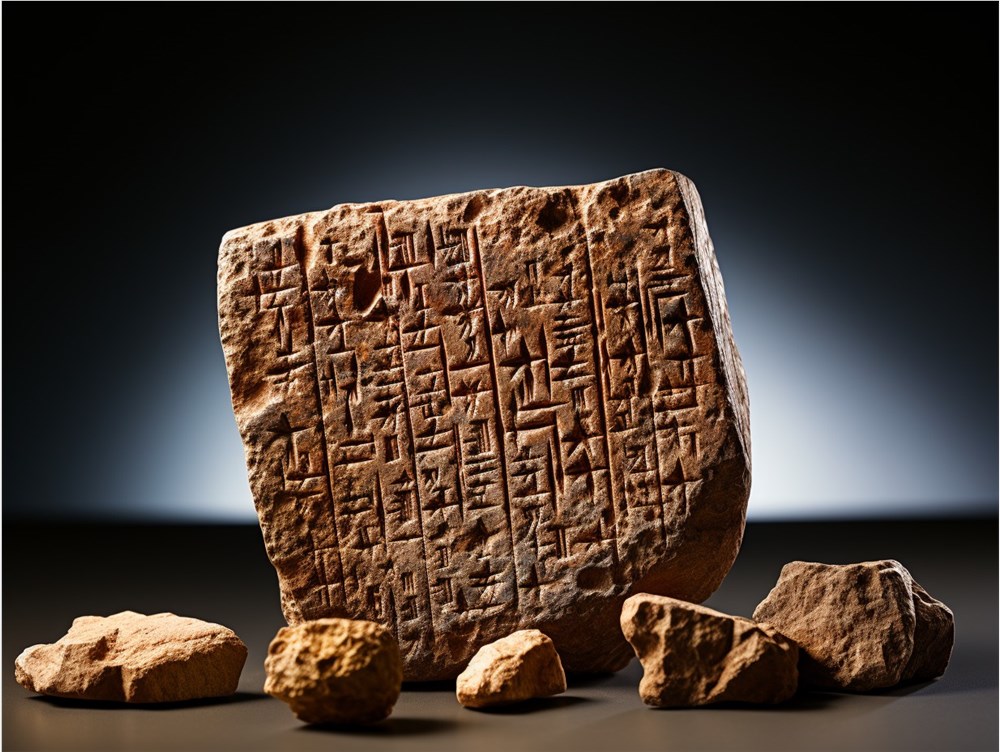Researchers Develop AI Software for Automatically Identifying Ancient Cuneiform Tablets
-
A new artificial intelligence software developed by a team from Martin Luther University Halle-Wittenberg (MLU), Johannes Gutenberg University Mainz, and Mainz University of Applied Sciences can now decipher hard-to-read cuneiform scripts. Unlike previous methods that relied on photographs, this AI system utilizes 3D models of cuneiform tablets, delivering more reliable results than prior approaches. This enables searches by comparing content across multiple tablets, paving the way for entirely new research questions.
In this new research method, the team used 3D models of nearly 2,000 cuneiform tablets, including about 50 from the MLU collection. It is estimated that around one million such tablets still exist worldwide, many of which are over 5,000 years old, making them some of the oldest written records of humanity. They cover a wide range of topics, from shopping lists to court rulings, offering a glimpse into human life thousands of years ago. However, since these cuneiform tablets are unfired clay blocks with pressed-in writing, they have become extremely difficult to decipher, even for trained eyes.

Image credit: AI-generated image, licensed by Midjourney
To address this issue, Assistant Professor Hubert Mara from MLU proposed the idea of developing an AI system based on 3D models. The new system decrypts texts better than previous methods. In principle, this AI system works similarly to Optical Character Recognition (OCR) software, converting images of words and texts into machine-readable text. This offers many advantages—once converted into computer text, the script can be more easily read or searched.
MLU's Ernst Stötzner explained: "OCR typically uses photos or scans. For ink on paper or parchment, this isn't a problem. However, in the case of cuneiform tablets, the situation is more complex because lighting and viewing angles can greatly affect the recognition of certain characters." He developed this new AI system as part of his master's thesis. The team trained the new AI software using 3D scans and other data, most of which was provided by Mainz University of Applied Sciences, which is responsible for a large-scale 3D modeling project.
The AI system subsequently successfully identified symbols on the tablets. Researchers were surprised to find that the system performed well even with substantially poorer image materials, such as photographs. The work of researchers from Halle and Mainz provides new access to materials that were previously relatively exclusive and opens up many new research directions. Currently, it is only a prototype capable of reliably recognizing symbols from two languages, but there are a total of twelve known cuneiform languages. In the future, the software may also help decipher damaged inscriptions, such as three-dimensional cuneiform in cemeteries.
